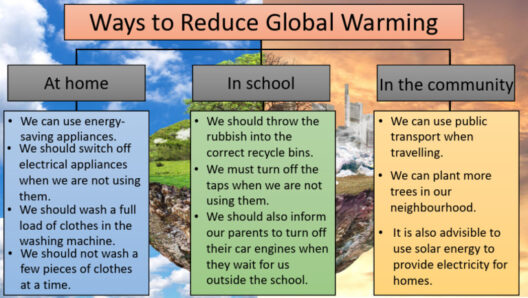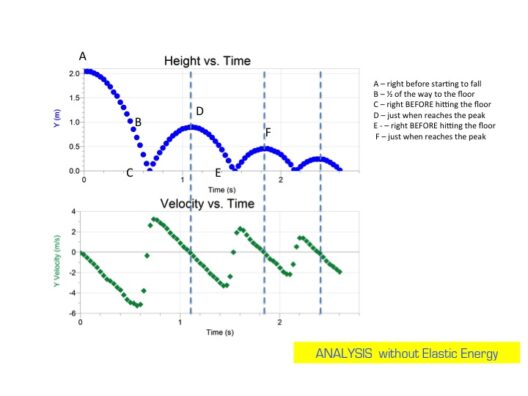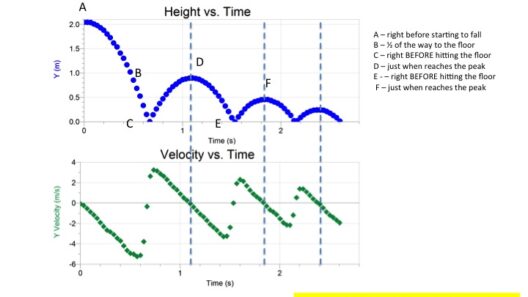Electric potential energy, often represented within the broader context of electrostatics, provokes an intriguing discourse around its classification as a conservative or non-conservative force field. By delving into this subject, we find ourselves not only examining the principles of physics but also revealing deeper implications about energy conservation and our understanding of the natural world.
To embark on an analysis of electric potential energy, one must first grasp the key definitions and principles underlying electric fields. Electric potential energy arises from the interaction between charged particles, wherein work is performed to assemble a system of charges against the repulsive or attractive forces at play. This energy is fundamentally tied to the configuration of the system and the positions of the charges involved.
Central to categorizing electric potential energy as conservative is the notion of path independence. A conservative force is one wherein the work done in moving an object between two points does not depend on the trajectory taken, but solely on the initial and final positions. In other words, if a particle moves within an electric field created by a static charge distribution, the work done in moving that charge, regardless of the path it takes, will yield the same result, dependent only on its endpoints.
Mathematically, the electric potential ( V ) at a point in space arises from the equation:
[ V = frac{U}{q} ]
Where ( U ) represents the electric potential energy and ( q ) is the charge at that point. The electric potential, therefore, provides a scalar representation of potential energy per unit charge, affirming its conservative nature. When a charge moves within an electrostatic field, the potential energy transformation is contingent on its positional change with respect to the electric field, reaffirming this conservative attribute.
Additionally, one must examine the role of electric field lines, which serve as visual aids in understanding electric forces. Electric field lines extend outwards from positive charges and converge towards negative charges, illustrating how charges will interact. The work accomplished against these fields corresponds to the change in electric potential energy, fortifying the argument for the conservative characteristic of electric potential energy.
Counterbalancing this perspective, it is crucial to recognize scenarios where electric potential energy may initially appear non-conservative. For instance, electric currents in conductive media or dynamic changes in electric fields, such as those associated with electromagnetic induction, can introduce complexities. Under these circumstances, one might argue that the energy transformations do not exhibit purely conservative behavior. However, this indicates a shift in analysis rather than a refutation of the inherent conservative nature of static electric potential energy.
The implications of understanding electric potential energy as a conservative force extend beyond theoretical physics into practical realms. Energy conservation, sustainability, and the efficient utilization of electrical systems rely upon these principles. For example, when designing capacitors, the storage and release of electric potential energy within an electric field exemplifies the engagement of conservative forces in technology. Appropriately harnessing electric potential energy allows for innovations that promise enhanced efficiency in energy consumption, advocating for environmental preservation via reduced waste.
Furthermore, when contemplating renewable energy sources, the principles governing electric potential underline the frameworks that allow harnessing solar, wind, and hydroelectric power effectively. The cycles of energy transfer and storage — essentially the movement of electric charges and the storage as potential energy — act as leverage points in promoting sustainable practices. With the decline of fossil fuels drawing imminent concern, understanding how electric potential energy operates can spur a collective shift towards greener alternatives.
The interdisciplinary nature of electric potential energy also paves the way for novel discussions. The relationship between chemistry and electrical energy, particularly in electrochemistry, fosters an understanding of reactions that can either release or consume electric potential energy. This duality opens avenues for exploring battery technologies, which are pivotal in contemporary capitalist economies demanding portability and efficiency in energy consumption.
Navigating the crux of energy transitions and the anthropogenic impacts on the environment, it becomes paramount to rectify our misunderstandings of electric potential energy. By framing electric potential energy as a conservative force, society can cultivate technological advancements that align with ecological imperatives. The promise of cleaner energy systems relies on the embrace of conservative principles, where the cycle of energy transformation respects the tenets of physics while addressing environmental stewardship.
In conclusion, electric potential energy emerges unequivocally as a conservative force, casting a persistent influence on both theoretical physics and practical applications. This perspective not only enriches our scientific understanding but also fosters a holistic approach to energy conservation. As awareness of our environmental footprint deepens, the principles underlying electric potential must serve as a cornerstone in our quest for sustainable practices. The challenge remains: how can we harness the power of electric potential in ways that respect the natural world and promote conservation? The answer resides in embracing its conservative nature while innovating for a brighter, more sustainable future.






